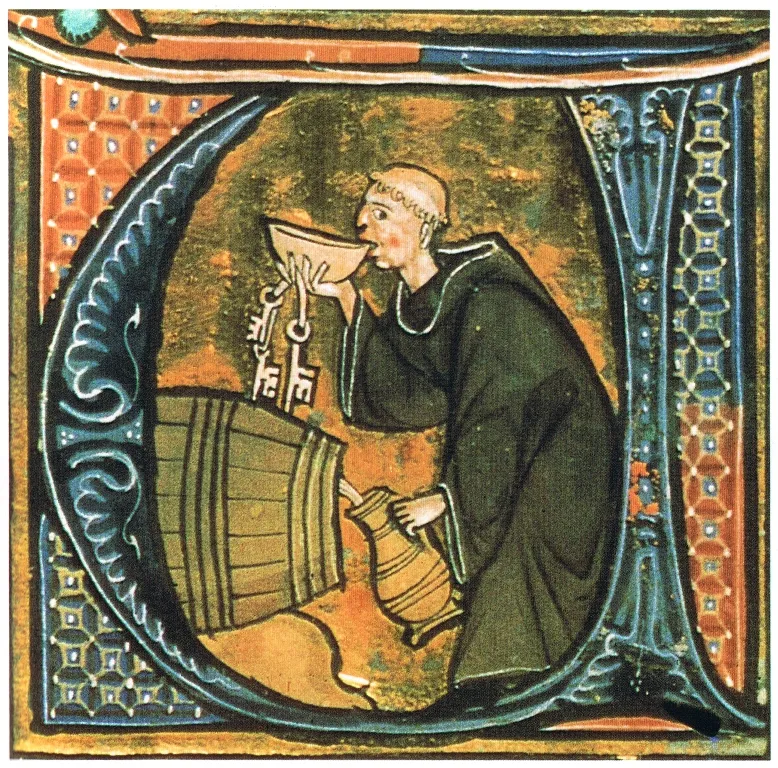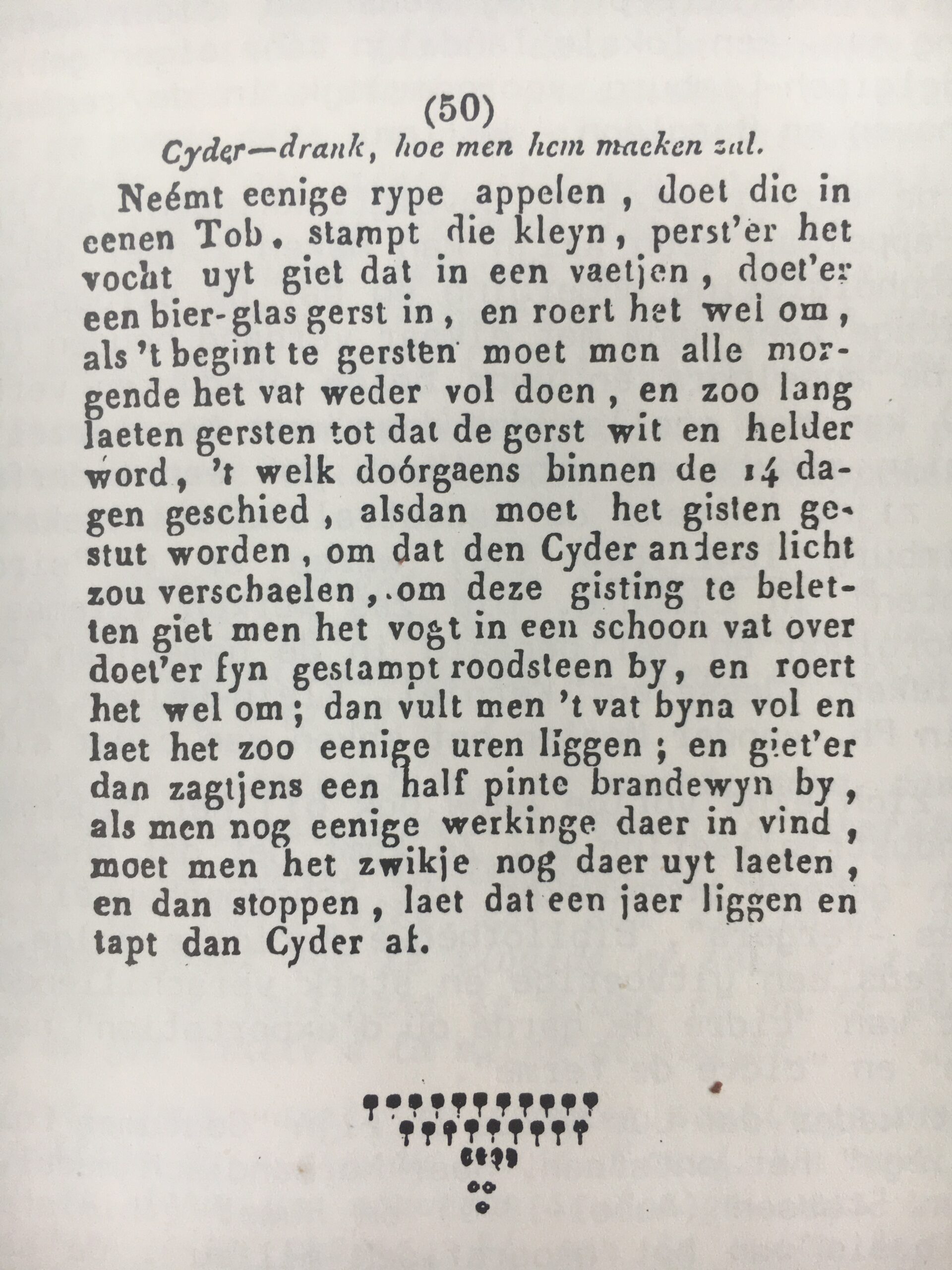
Cider in the Low Countries
Cider is making a comeback!
Favorite drink of Charlemagne,
beverage of joy of the Celts,
fertility potion of the Saxons
and health drink in the medieval monasteries.
Cider was loved by our ancestors.
The Low Countries also have a surprisingly rich cider history.
The first written mention of cider production in our region dates back to the 9th century.
From the 12th century, cider and beer were the most commonly consumed alcoholic beverages.
Abbeys made cider from their own orchards and in many places there was a community apple press.
At one point, cider was so popular that there are mentions of
“a concerned cleric who opposes the custom of baptizing children with cider or apple wine“.
Cider was not just a popular drink: tasty and an incredibly sustainable product.
After all, apples – the ‘grapes of the north’ – were more resistant to the maritime climate than the real grapes.
And unlike beer, cider didn’t require the use of much-needed grain.
After the 2nd World War, however, the success of the apple drink took a hit.
Due to industrialization, larger cider makers had become too dependent on the supply of (bad) raw materials.
And the enormous increase in taxes and excise duties killed the small craft makers.
Cider was left with a damaged image and its popularity plummeted.
However, this has changed in recent years.
As far as we are concerned, after the successful ‘revival’ of artisanal beers and the rise of natural wines, it is now time for the better ciders!
(sources: Academie voor Streekgebonden Gastronomie ‘Cider’ 1984; CORNU PH. ‘Poires et Pommes – fruits de pressoir’ 1982; Vandommelen H. ‘Appelen voor miljoenen’ 1980.)
